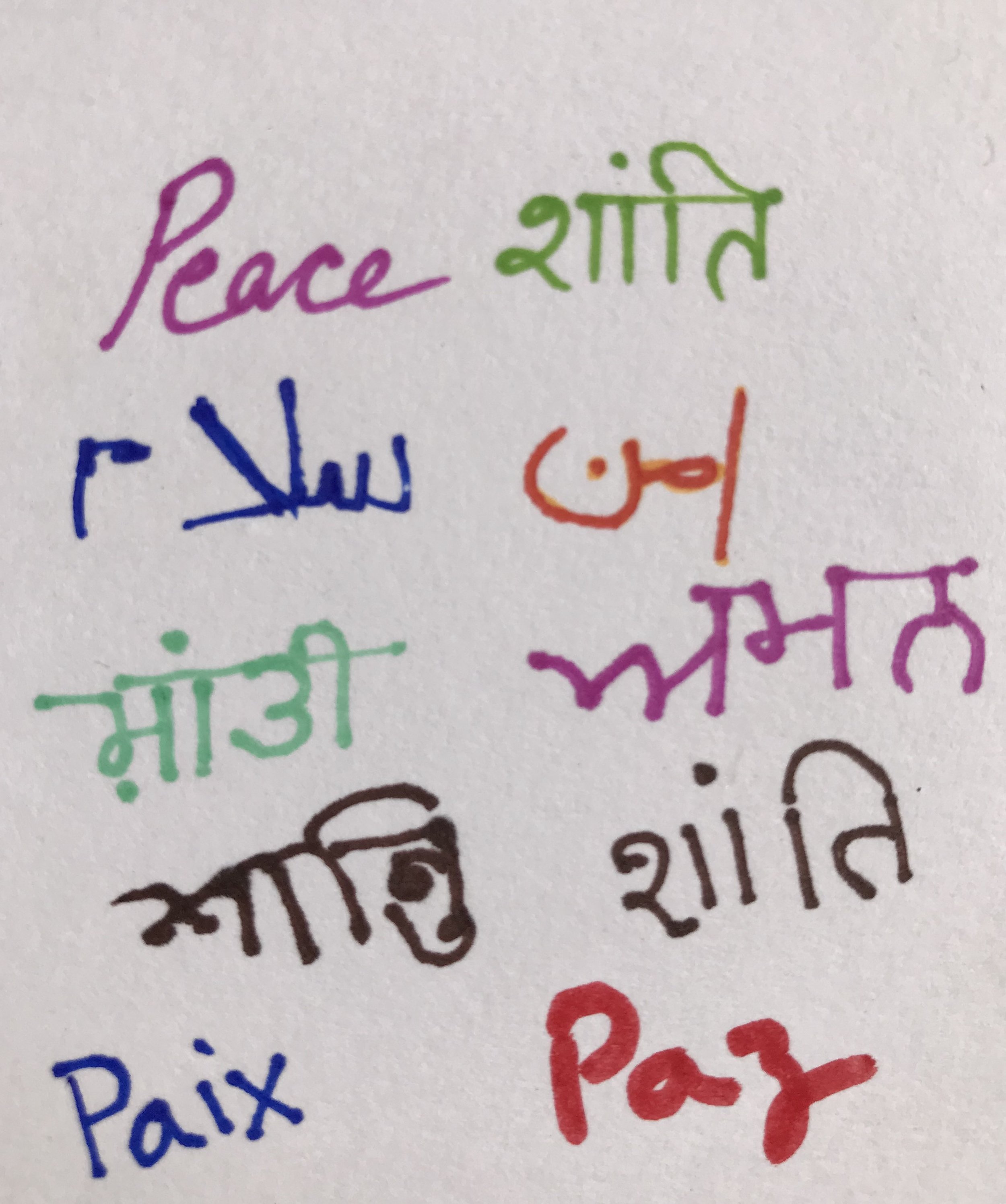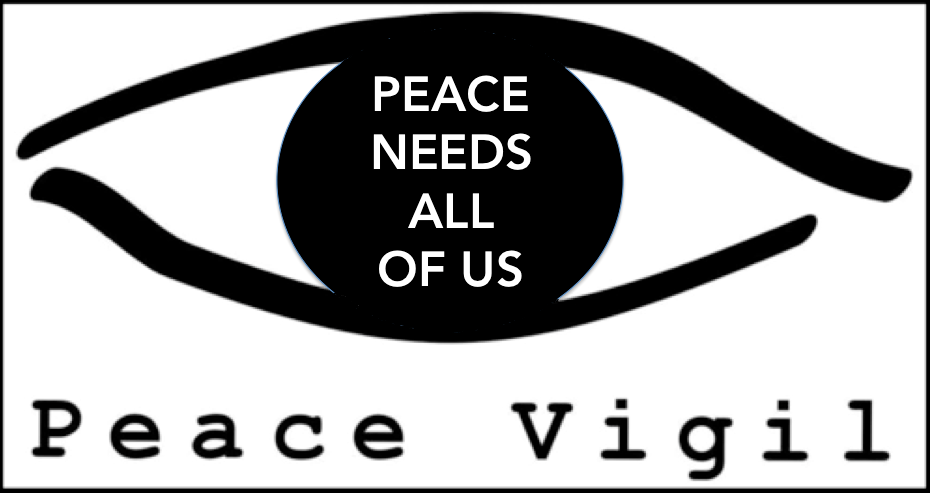Santa on the Cross?!
When I was an undergraduate student at McGill University in Canada, my professor Sogen Victor Hori (who happened to be a Zen Buddhist monk) showed us a slide that I would never forget. The image was in some ways a very common image in the Christian religion - a man being crucified on the cross. The difference was who the man was. It was not Jesus Christ; it was Father Christmas.
In explaining why this image could exist in Japan long before Photoshop and AI, Professor Hori talked about syncretism. “In Japan, we can be Buddhist, Shinto, a little Taoist, and a little Confucian,” he said. “There is no contradiction here. We can be 100% Buddhist and 100% Shinto. That’s just what it means to be Japanese.” Syncretism is when two or more religions come together and create something new.
When new religions like Christianity come to Japan, it just seems natural to mix the iconography from that religion the same way that Buddhist and Shinto images might coexist within the same space in a Japanese household.
The way people celebrate Christmas in the West is a bit odd to those who haven’t grown up exposed to a Western culture. Why do we associate Christmas with presents and an old man with a beard (who almost certainly has a pagan origin in addition to the Christian story of St. Nicholas) as well as with baby Jesus? Indeed the traditions around the Christmas season - bringing the green trees and plants that survive the harsh winter inside, using fire and artificial lights to brighten the darkest time of the year etc - represent a kind of syncretism. A new culture - what we all recognise as the culture of the Christmas season - came out of the older traditions of Odin and other pagan deities and the stories around the miraculous birth of Christ. Many historians believe that the time of the year in which we celebrate the birth of Jesus was not even the correct time of year.
When you start to look for them, syncretic traditions are all around us. Easter has little to do with bunnies and eggs, but pagan fertility festivals that celebrate spring do use those symbols. The tasbeeh or prayer beads that are ubiquitous in Islam has its origins in Hinduism and Buddhism and were then incorporated into the pre-Islamic Arab religion. Animal sacrifice such as that found in Judaism and Islam has origins so deep that it’s hard to know where and when the practice originated from.
These days syncretism seems to be out of fashion. When my parents were little, they were encouraged to go out and take part in the Ashura procession during the month of Muharram. This is a sacred occasion for Shiah Muslims in India and all over the world. Even though we belonged to a different sect of Islam and did not practice Ashura at home, there was nothing wrong with taking part in the celebrations. At one point the celebration was so popular that when poor Indians were sent to South Africa to work as indentured laborers on plantations, Ashura was the holiday the British called “Indian Christmas”. It was celebrated by Hindus, Muslims and Christians and landlords were forced to give time off for the celebration. But nowadays Ashura is seen as purely a Shiah Muslim festival. Sometimes organizations associated with either Sunni Islam or Hinduism have warned against their followers joining in the Ashura celebrations.
When we are less open to exposing ourselves to other cultures and other religions that can create problems. The first problem is that we are less open to learning about different cultures. When we don’t interact with each other there is no chance of learning from one another. Worse it is far easier to hate and fear one another.
The narrative we often receive from mainstream religious and even non-religious organisations is that humans are tribal creatures who are always in conflict with one another. Jews fight with Christians who fight with Muslims who fight with Hindus. But the history of every culture includes syncretism. Syncretism is evidence that we as humans can not only live with but also learn from other cultures.
Santa on the Cross reminds us of this history.
[Today’s your last chance tin 2023 o contribute to the peace education work that Peace Vigil does. If you’d like to make a donation of $100 or more, click here.]




